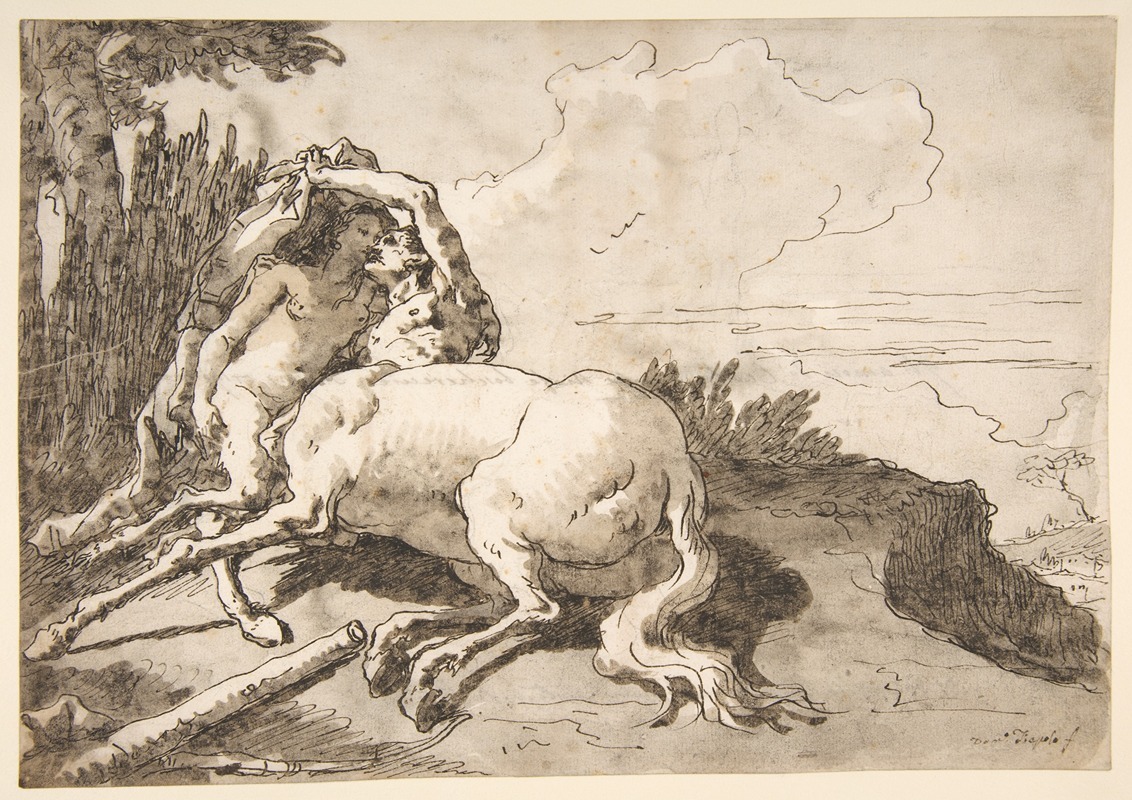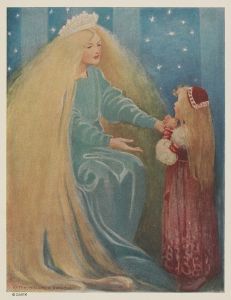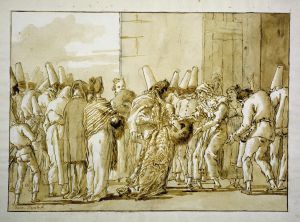
Centaur Embracing a Satyress
A hand-painted replica of Giovanni Domenico Tiepolo’s masterpiece Centaur Embracing a Satyress, meticulously crafted by professional artists to capture the true essence of the original. Each piece is created with museum-quality canvas and rare mineral pigments, carefully painted by experienced artists with delicate brushstrokes and rich, layered colors to perfectly recreate the texture of the original artwork. Unlike machine-printed reproductions, this hand-painted version brings the painting to life, infused with the artist’s emotions and skill in every stroke. Whether for personal collection or home decoration, it instantly elevates the artistic atmosphere of any space.
Giovanni Domenico Tiepolo, an Italian painter and printmaker, was a prominent figure in the 18th-century Venetian art scene. He was the son of the renowned artist Giovanni Battista Tiepolo and followed in his father's footsteps, developing a distinctive style that combined elements of Rococo with a keen sense of narrative and character. One of his notable works is "Centaur Embracing a Satyress," a painting that exemplifies his skill in depicting mythological subjects with a lively and engaging approach.
"Centaur Embracing a Satyress" is a part of Tiepolo's exploration of classical mythology, a common theme in his oeuvre. The painting captures a moment of intimacy between a centaur and a satyress, two mythical creatures often associated with the untamed aspects of nature and human emotion. The centaur, a creature with the upper body of a human and the lower body of a horse, is depicted with a sense of strength and vitality. The satyress, a female counterpart to the satyr, is shown with a playful and alluring demeanor, highlighting the sensual and mischievous nature often attributed to such figures in mythology.
Tiepolo's work is characterized by its dynamic composition and the use of light and color to create a sense of movement and emotion. In "Centaur Embracing a Satyress," he employs a soft yet vibrant palette, with warm earth tones and delicate highlights that bring the figures to life. The brushwork is fluid and expressive, capturing the textures of skin, fur, and the surrounding landscape with remarkable detail.
The painting reflects Tiepolo's ability to blend the fantastical with the human, creating scenes that are both otherworldly and relatable. His depiction of mythological subjects often includes a touch of humor and irony, inviting viewers to engage with the narrative on multiple levels. This approach is evident in "Centaur Embracing a Satyress," where the interaction between the two figures is both tender and playful, suggesting a deeper commentary on the complexities of human relationships and desires.
Tiepolo's work was highly regarded during his lifetime, and he received numerous commissions from patrons across Europe. His paintings and frescoes can be found in various churches, palaces, and galleries, showcasing his versatility and mastery of different artistic genres. "Centaur Embracing a Satyress" is a testament to his skill in capturing the essence of mythological tales while infusing them with a sense of immediacy and relevance.
The painting is part of a larger body of work that includes other mythological and allegorical scenes, demonstrating Tiepolo's fascination with the stories and characters of ancient Greece and Rome. His ability to reinterpret these themes with a fresh perspective has ensured his place as one of the leading artists of the Venetian Rococo period.
Overall, "Centaur Embracing a Satyress" is a fine example of Giovanni Domenico Tiepolo's artistic legacy, showcasing his talent for storytelling through the medium of paint. His work continues to be celebrated for its imaginative compositions, technical excellence, and the ability to evoke emotion and thought in those who view it.


















